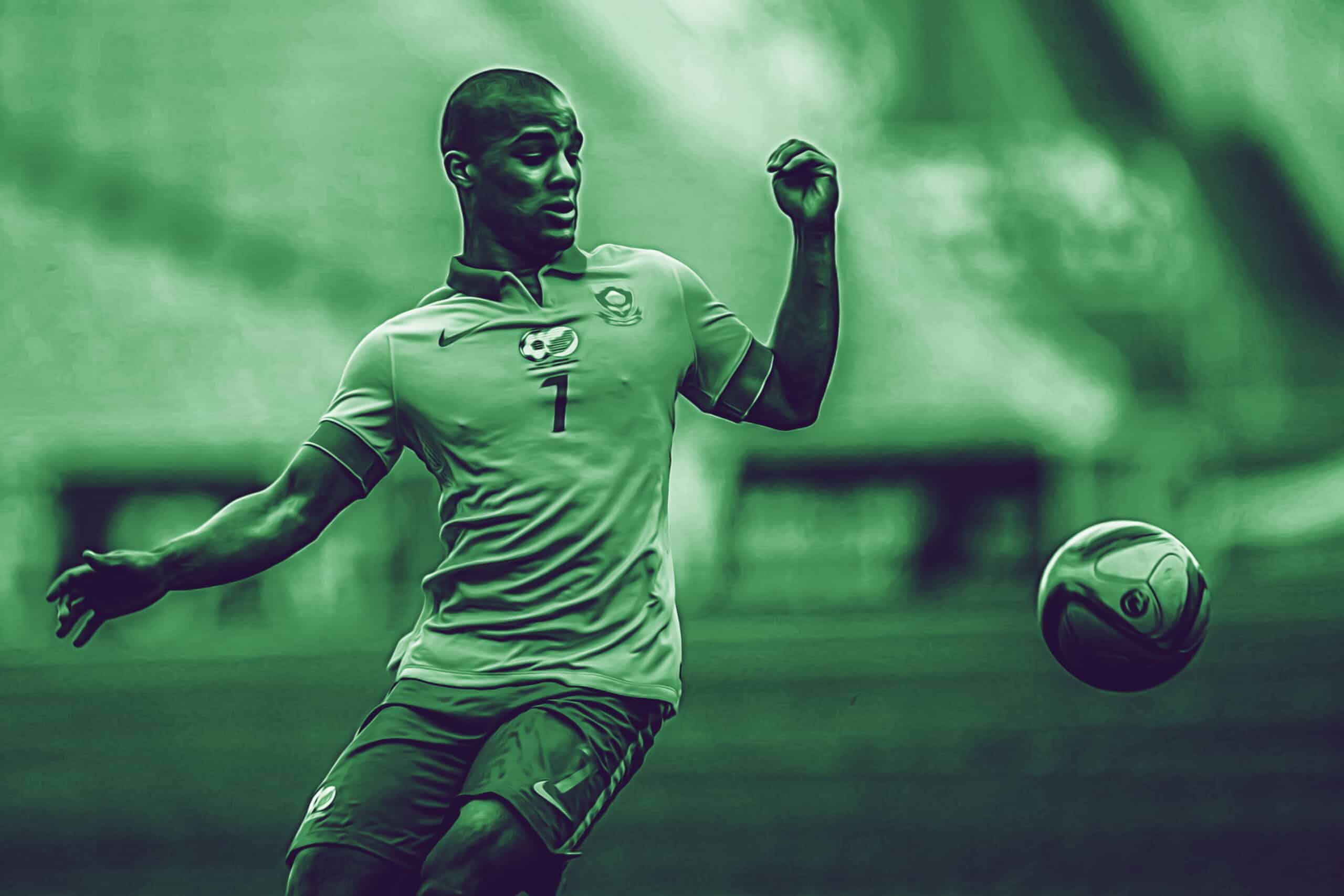
There is less than a month to go until the South African U23 side play Japan in their opening Olympics tie. This is the third time South Africa will be going to the tournament, having qualified for the 2000 and 2016 Olympics editions. The side had scored six and then five goals in the 2nd and 3rd two-legged qualifying rounds, but they went on to score just once in three group stage matches. However, that one goal was enough to qualify for the semi-finals, given that we didn’t concede a goal in any of the three games. The defence will know that sterner tests await.
No doubt, the group stage opponents Ivory Coast, Nigeria and Zambia were harder opposition than the 2nd and 3rd round opponents Angola and Zimbabwe. But the thing is, the Olympics group opponents will definitely be another level higher. Japan are the tournament hosts, a status that comes with numerous advantages. Secondly, Mexico were unbeaten in their entire qualifying campaign, scoring 10 goals and conceding just one penalty on their way to qualification. Lastly, France features some star names on the world stage (even Kylian Mbappe was eligible and rumoured to be in their squad a year ago).
Whichever way you slice it, David Notoane’s side needs to rediscover some goal-scoring rhythm in time for the Olympics. The 5-0 aggregate defeat in two recent friendlies further hammers home the point. And now it looks increasingly likely that some of the European based strikers may not make the tournament. This leaves the goalscoring burden to fall to the likes of Evidence Makgopa and Fagrie Lakay, who scored 16 goals between them this past season, and Thabiso Kutumela, who the coach confirmed he’s likely to add soon. But what exactly can the local forwards contribute?
Evidence Makgopa
No player in Baroka FC’s history has scored more top-flight goals for the club than Evidence Makgopa (11). The 21-year old’s talent is undoubted. The Olympics present the ideal scene for him to hone that talent and flourish on an international stage. But what did he bring to Baroka, beyond being their joint top-scorer in the league this past season?
The chart above shows where Makgopa ranks in the league in various metrics used to measure a strikers’ output. The bigger the coloured area in that ‘slice’, the higher up he ranked in that category. For example, he’s on 86 in Expected Goals per shot – meaning he is in the Top 15% of players for the quality of shots he takes (100 minus 86). Or in other words, he is better than 85% of players in that position. This metric could indicate he is good at positioning himself as a striker helping create high-quality chances for his team. It could be an indicator of how he doesn’t waste shots and only chooses to aim when he knows he has a high chance of scoring. It’s impressive for a 21-year-old.
Fagrie Lakay
Fagrie Lakay is another forward chosen from the PSL to represent the U23s. He scored nine goals in 24 appearances this season, having netted five in 64 appearances across 5 seasons before then. That’s a player high in confidence, but where did he rank in other forward “KPIs”?
Remember, the chart only measures his output in the position of forward. Lakay spent a significant amount of time on the right side of midfield, and a few minutes in central and left-midfield. While his forward radar doesn’t place him in the Top 25% of any metric, his versatility could be crucial to the young squad.
Thabiso Kutumela
The last local forward is Thabiso Kutumela, who scored 12 league goals for Maritzburg United this past season – setting a new record for the club in a single PSL top-flight season. Kutumela also scored 44% of his team’s goals in the league this season (12/27) – the highest proportion of any PSL player. Given that he also spent time in different forward positions, his credentials and imminent inclusion are not in doubt.
A look at his pizza chart shows a player who ranks highly in Expected Assists per game (Top 16%) and also in possession adjusted ball recoveries – a key metric when considering the pressing output of a player. The fact that he’s already been to the 2016 Olympics and played means he will bring all the above AND Olympic experience to the team, which makes him quite unique.
While European clubs may be reluctant to release some of their players, these three can provide ample firepower upfront if they bring their form from the past season. One goal may have been enough to get out of the AFCON group (leading up to qualifying for the Olympics), it would be foolhardy to expect a repeat of the same at the highest youth stage.





















